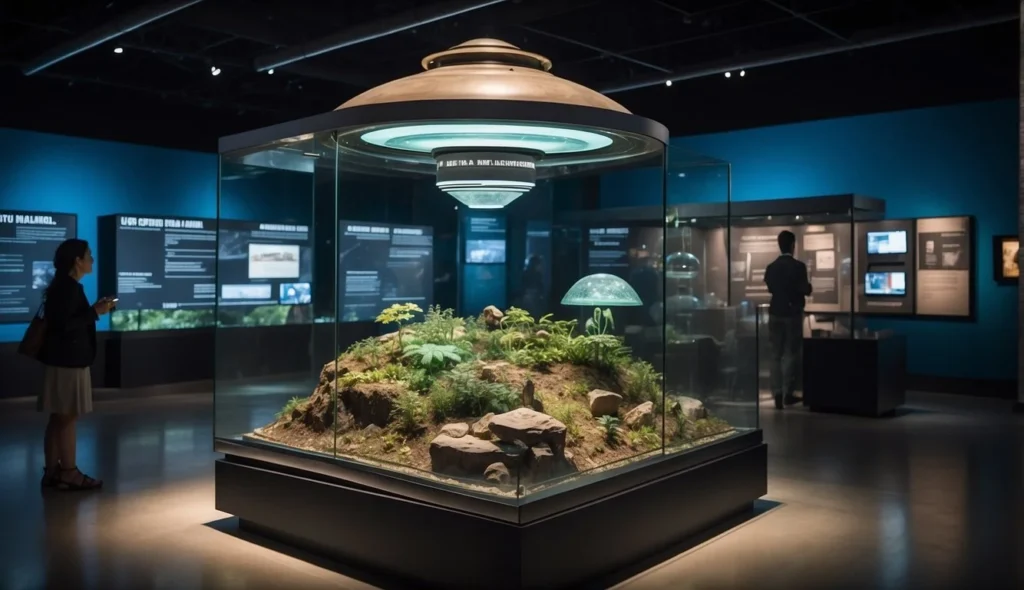When I first started working in museums, I noticed a pattern: visitors would glance at labels, nod politely, and move on. The dates, the names, the dry facts—none of it stuck. That’s when I realized museums weren’t just struggling with engagement; they were missing the most powerful tool in their arsenal: storytelling. At Gallery Wisp, we don’t just display artifacts—we build narratives around them. A Civil War soldier’s letter isn’t just a piece of paper; it’s a whispered secret from the past, a voice that still echoes today.
Take our project with the Chicago Heritage Museum. Instead of listing battles and generals, we created an immersive timeline where visitors could “meet” soldiers through interactive letters and diary entries. Attendance soared, but more importantly, people remembered. They didn’t just learn about history—they felt it. That’s the difference between a museum and an experience.
The key is to ask: What’s the emotional core of this artifact? A painting isn’t just pigment on canvas; it’s a moment frozen in time, a story of the artist’s struggle or triumph. A dinosaur bone isn’t just a fossil; it’s a clue to a world we’ll never see. When we frame exhibits this way, visitors don’t just observe—they connect.
If you’re ready to transform your museum from a quiet hall of facts into a living story, start by asking: What do we want people to feel when they leave? That’s where the magic begins.

